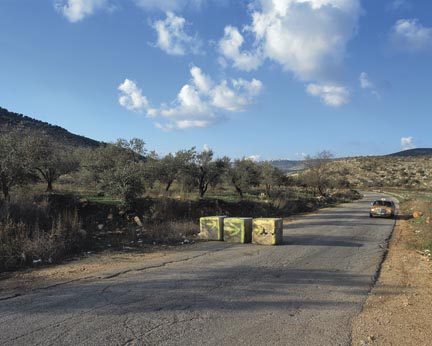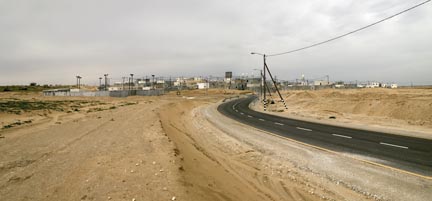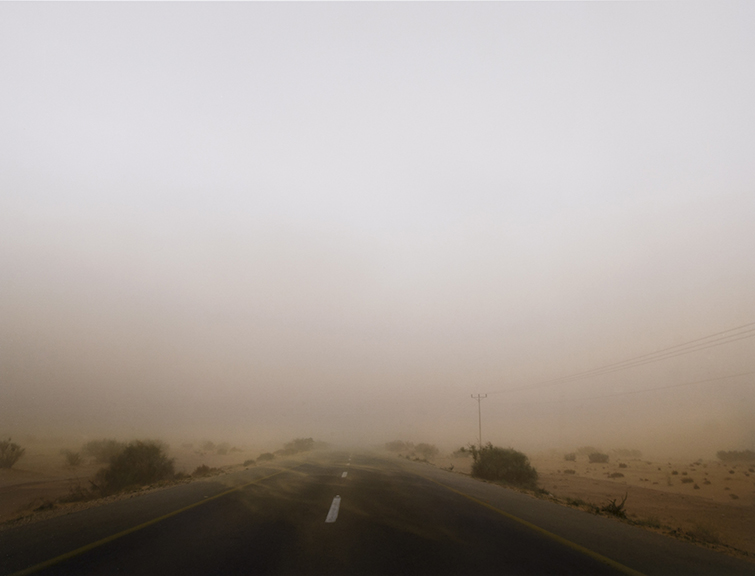About the Photographer
Kremer, Shai
Israeli, b. 1974
Shai Kremer's photographs of Israel revolve around the diverse signs of military conflict found within the landscape, from active implements of security to the area's accumulation of ruins, which range from crumbling mosques to deserted military camps. By placing a central emphasis on the particular aesthetic qualities of these settings—often oddly beautiful or even pastoral—Kremer aligns his work with traditions of landscape painting. But he is also attuned to the fact that the organization of a landscape reflects human beliefs and actions or certain political interests. People, whether living or dead, are largely absent in Kremer's photographs, leaving the landscape itself to attest to the complexities of a deeply-ingrained struggle and the ongoing trauma of the country's inhabitants.
Kremer's photographs of sparse forests and olive groves, for example, have a tranquil air but a closer look reveals that they have been burned by missile attacks. Other images do not offer a record of destruction so much as they signal the implied violence of security measures, as in images of roadblocks and abandoned roads. More dramatically, many of the landscapes are partitioned by a tall "separation fence" or by concrete walls, such as the controversial 436 mile West Bank Barrier currently under construction. Supporters of these barriers assert that they are to protect Isreali citizens, but their critics denounce them for the severe restrictions they impose on the Palestinian population on the other side. Whether seen as defensive measures or acts of force, as expressions of fear or of power, these strategies plainly intensify notions of alterity and alienation. The walls and checkpoints mark a division between two groups of people, both literally and figuratively. This is manifested in no less striking a manner, if not at first glance, in Kremer's photographs of concrete replicas of Arab villages constructed by the Israeli military for training purposes; these clusters of empty concrete buildings are among the few pristine settings in Kremer's survey, appearing as blank slates awaiting the inevitable mark of violence.
Kremer belongs to a recent generation of photographers who do not shy away from the political in their depictions of the landscape—traditionally considered to be disconnected from artistic renderings. In photographing this charged terrain, however, Kremer maintains a detached viewpoint and allows for a degree of ambiguity, an approach that he contrasts with "the media's aggressive representation of reality." Photographs of the Israeli-Palestinian conflict in the news-media are generally presented as objective records of unfolding events, but their existence is rarely so simple in the end. As critics such as Susan Sontag have observed, photographs of war can come across with a moral imperative or transform atrocities into a spectacle one can view at a comfortable remove. Moreover, different groups provide opposing interpretations of these "news" photographs, using them to illustrate and reinforce certain ideological positions. By eliding specific events and focusing on the landscape Kremer aims to side-step familiar readings and convey a more complicated reality.
Shai Kremer completed a BA in Photography at the Camera Obscura School of Arts in Tel Aviv and an MFA in Photography and Related Media at the School of Visual Arts, New York.



